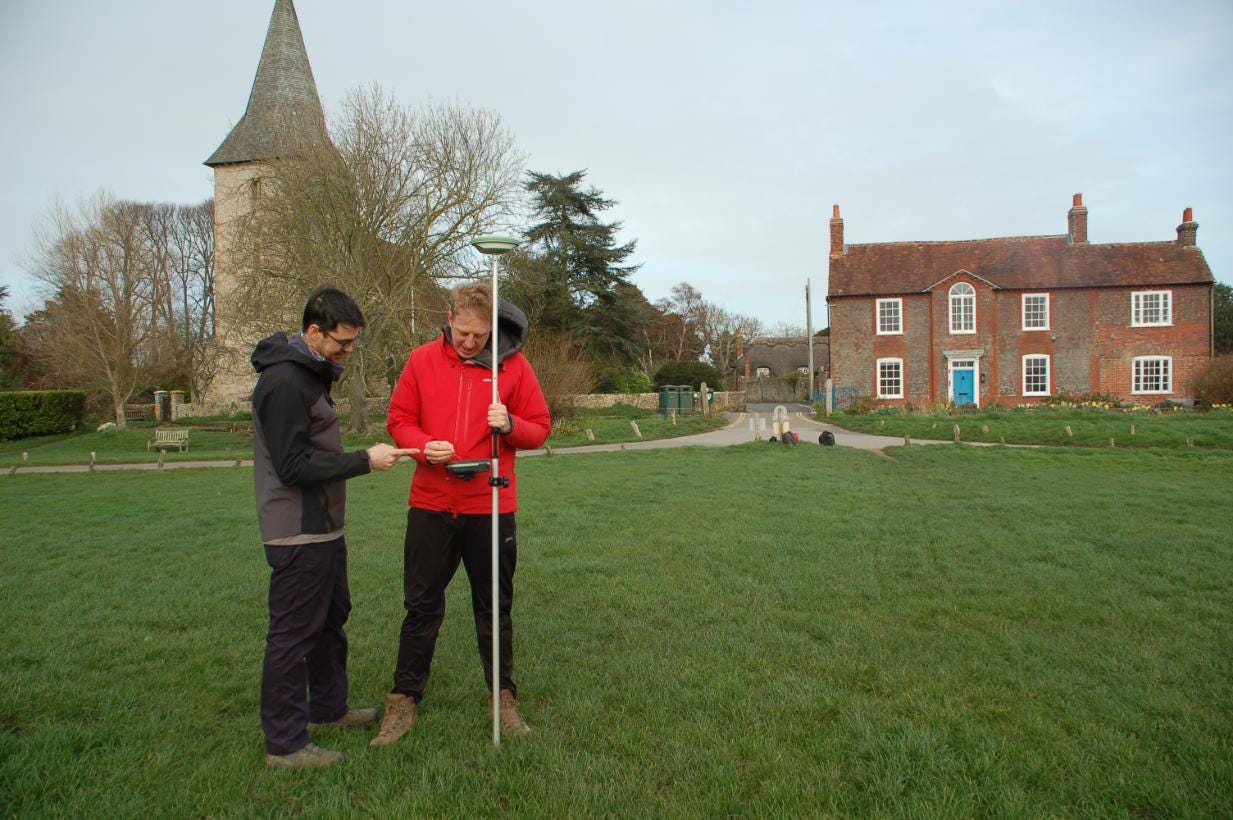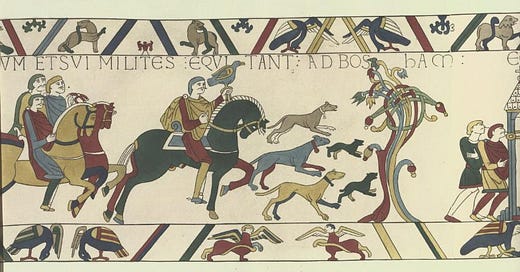Anglo-Saxon en-suite solves Royal Bayeux Tapestry mystery
Tyneside archaeologist helps find what is believed to be the 'show home' of King Harold who died fighting William the Conqueror. Tony Henderson reports

Research led by a North East archaeologist has uncovered evidence of a long lost residence of Harold, the last Anglo-Saxon King of England, who was killed in the Battle of Hastings in 1066.
By reinterpreting previous excavations and conducting new surveys in the West Sussex coastal village of Bosham, a team from Newcastle University, together with colleagues from the University of Exeter, believe they have located a hall belonging to Harold Godwinson.
Bosham is depicted twice in the Bayeux Tapestry, which narrates the Norman Conquest of England when William, Duke of Normandy, challenged Harold for the throne.
Read more: Shortlist revealed for Gordon Burn Prize 2025
The Tapestry culminates in Williams’s victory at Hastings, but earlier in the artwork Bosham is shown as the place where Harold enjoys a feast in an extravagant hall.
The location of Harold’s residence at Bosham has never been proved, although it has been suggested that a house in the village — now a private home — stands on the site.
The archaeologists used a range of methods to unpick the early history of the property, including a geophysical survey of the surrounding area, assessment of standing remains, scrutiny of maps and records, and re-examination of evidence from excavations carried out in 2006 by West Sussex Archaeology.
This confirmed the existence of two previously unidentified medieval buildings: one integrated into the current house and another in the garden.

The crucial indication that the site had even earlier origins comes from the excavations in 2006, which identified a latrine within a large timber building.
Archaeologists have begun to recognise a trend in England, beginning during the 10th century, for high-status houses to integrate toilets.
The discovery of the latrine indicated to the team that the timber building was of elite status, and almost certainly represents part of Harold’s residence illustrated on the Bayeux Tapestry.
The hall was one part of a more extensive complex, that also included a church, which still survives.
The research was led by Dr Duncan Wright, senior lecturer in medieval archaeology at Newcastle University, who said: “The realisation that the 2006 excavations had found, in effect, an Anglo-Saxon en-suite confirmed to us that this house sits on the site of an elite residence pre-dating the Norman Conquest.
Read more: Exhibition - Nerys Johnson: Disability and Practice at The Laing
“Looking at this vital clue, alongside all our other evidence, it is beyond all reasonable doubt that we have here the location of Harold Godwinson’s private power centre, the one famously depicted on the Bayeux Tapestry.”
Professor Oliver Creighton of the University of Exeter, and co-investigator of the project, said: “The Norman Conquest saw a new ruling class supplant an English aristocracy that has left little in the way of physical remains, which makes the discovery at Bosham hugely significant — we have found an Anglo-Saxon show-home.”
The research at Bosham was carried out as part of the wider Where Power Lies project, with a team drawn from Newcastle and Exeter, and funded by the Arts and Humanities Research Council.
The project aims to explore the origins and early development of aristocratic centres like Bosham, assessing for the first time the archaeological evidence for these sites across the entirety of England.



